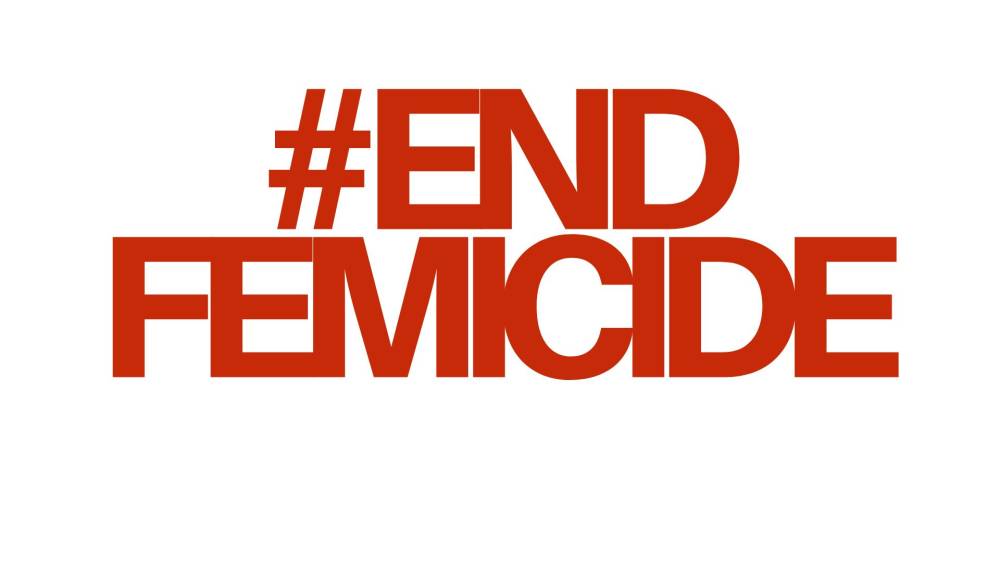Understanding Femicide and GBV: Kenya's Fight for Women's Safety

The Crisis We Cannot Ignore
In 2024, Kenya witnessed an alarming surge in femicide and gender-based violence (GBV) cases that shocked the nation and sparked unprecedented public outcry. From the tragic Kware killings near Mukuru Kwa Njenga slum to high-profile cases like Rita Waeni and Starlet Wahu, the statistics paint a grim picture: 97 women were killed in just three months between July and September 2024, according to the National Police Service.
These numbers represent more than statistics, they are daughters, mothers, sisters, and friends whose lives were cut short by preventable violence.
Femicide is the intentional killing of women because they are women. It represents the most extreme form of gender-based violence and is often the culmination of a pattern of abuse. Unlike general homicide, femicide is rooted in gender inequality, discrimination, and misogyny.
Gender-Based Violence (GBV) encompasses physical, sexual, emotional, and economic abuse directed at individuals based on their gender. It includes domestic violence, sexual assault, harassment, and other forms of harm that disproportionately affect women and girls.
What Is Femicide?
Femicide is the intentional killing of women because they are women. It represents the most extreme form of gender-based violence and is often the culmination of a pattern of abuse. Unlike general homicide, femicide is rooted in gender inequality, discrimination, and misogyny.
Gender-Based Violence (GBV) encompasses physical, sexual, emotional, and economic abuse directed at individuals based on their gender. It includes domestic violence, sexual assault, harassment, and other forms of harm that disproportionately affect women and girls.
The Scale Of The Problem
Recent media analysis shows that femicide and GBV coverage peaked dramatically in 2024, with:
- 6,436 total media mentions across radio, TV, and print
- Over 297,000 online discussions on social media platforms
- Coverage spanning all 47 counties, with Nairobi leading due to the Kware incident
Regional Impact
The crisis isn't confined to urban areas. Counties like Kakamega report 44% GBV rates among women aged 15-49, while regions like Trans Nzoia link 84% of GBV cases to drug and substance abuse.
Why Does This Happen?
- Patriarchal Social Structures
Deep-rooted gender inequalities that normalise male dominance and female subordination create environments where violence against women is tolerated or excused.
- Economic Dependency
Women's financial dependence on partners often traps them in abusive relationships, making it difficult to leave dangerous situations.
- Weak Justice Systems
Inadequate law enforcement, delayed justice, and light sentences for perpetrators create a culture of impunity.
- Harmful Cultural Practices
Certain traditional practices and beliefs that devalue women contribute to the normalisation of violence.
- Substance Abuse
As seen in regions like Trans Nzoia, drug and alcohol abuse significantly correlate with increased GBV incidents.
The Road Ahead
In response to the escalating crisis, President William Ruto has implemented multiple interventions to address the femicide epidemic. The government has allocated Ksh. 100 million specifically to combat femicide, demonstrating a financial commitment to tackling this urgent issue. Additionally, the President has directly ordered the Directorate of Criminal Investigations (DCI) to take decisive action against perpetrators, emphasising the need for swift and thorough investigations. To ensure a coordinated and comprehensive response, the administration has also established a presidential working group tasked with developing holistic approaches to addressing femicide, bringing together various stakeholders to create sustainable solutions.
The fight against femicide and GBV requires sustained commitment from all sectors of society. While Kenya has made important strides in 2024, from increased awareness to government action, much more needs to be done.
Yet despite this crisis, Kenya does not legally recognise femicide as a distinct crime. Without this recognition, these killings are ignored, poorly tracked, and often go unpunished.
Kenya’s Promising Initiatives
- Kakamega County's multi-sectoral approach involving bodaboda operators in awareness campaigns
- Makueni's GBV champions program
- Ogilvy In Partnership With Usikimye #MakeFemicideACrime Initiative.
- Faith-based networks for justice advocacy
Internationally;
- Australia's National Plan: Long-term strategy with dedicated funding and measurable outcomes
- Rwanda's Gender-Based Violence Policy: Community-based prevention and strong legal frameworks
- Spain's Comprehensive Protection Act: Integrated approach combining legal, social, and economic measures;
We must move beyond reactive responses to preventive strategies. This means addressing the root causes of gender inequality, creating economic opportunities for women, and building a culture that values and protects women's lives.
The voices calling for change from the streets of Nairobi to online campaigns with hashtags like #EndFemicideKE and #StopKillingWomen represent a turning point. But lasting change requires transforming this momentum into concrete policy reforms, adequate funding, and sustained implementation.
Every woman deserves to live without fear. Every girl deserves a future free from violence. The time for action is now.
This resource draws from extensive media analysis conducted throughout 2024. For researchers, policymakers, advocates, and anyone seeking deeper insights into femicide and GBV coverage patterns in Kenya, download the full Femicide & GBV Coverage Report (Jan-Dec 2024) by Reelanalytics.
The comprehensive report includes:
- Detailed monthly trends and regional analysis
- Media coverage across radio, TV, print, and online platforms
- Sentiment analysis and public discourse patterns
- Media snapshots
Understanding the data enables us to develop more effective solutions.